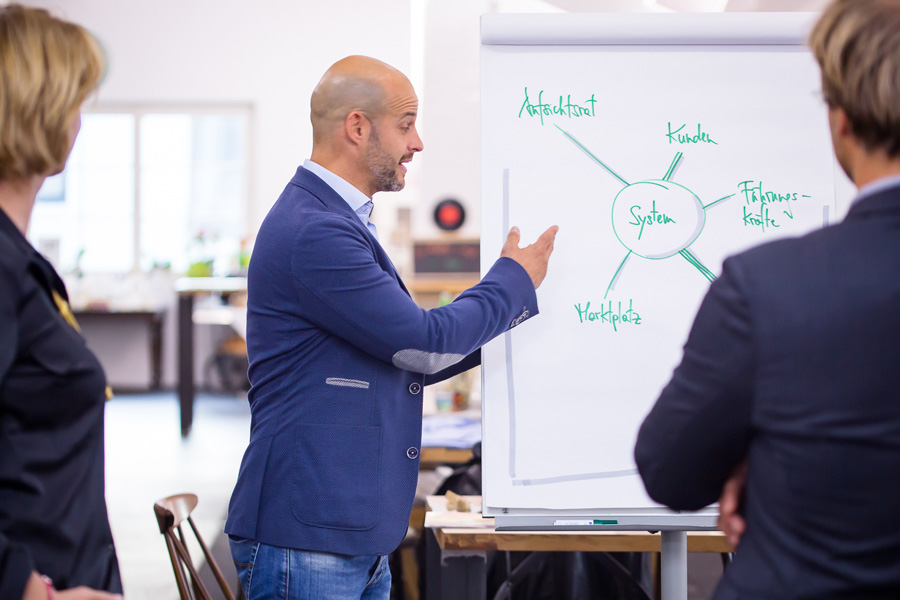Leadership in Change
We believe that a core responsibility of leadership is to anticipate future challenges, actively shape what lies ahead, and guide the organization through times of change.
In today’s fast-paced and unpredictable world, change is a constant in organizations.
As overused as the phrase may be, it remains true: “The only constant is change.” And this change touches nearly every area—products, production, processes, systems, compliance, skills, and even how people work together.
The traditional “unfreeze – change – refreeze” model may have worked in more stable times. But in an era of overlapping, fast-moving, and sometimes chaotic transformation, it quickly reaches its limits.
Shaping change
Today, people with leadership responsibility are required to create spaces and conditions in the organization that enable change. Where improving or perfecting current processes is no longer sufficient, new solutions must be found – to avoid unnecessary friction, secure a strategic advantage, and ensure the long-term sustainability of the organization.
What is needed is a creative, foreward thinking style of leadership—one that is sensitive to future opportunities and skilled at activating the collective intelligence of teams. Such leadership is also willing to
- promote “disruptive innovations” (groundbreaking changes or new market rules),
- embrace “rapid prototyping” (quick, not necessarily perfect prototype development),
- and use new methods that encourage broad participation and drive innovation.
Alongside the quality of outcomes, leaders must also consider how well the process is accepted, and whether change efforts align with the company’s culture and structure.
“Of course, I can’t say whether things will be better if everything changes; but I can say this much: things have to change if they are to be good.”
Georg Christoph Lichtenberg



